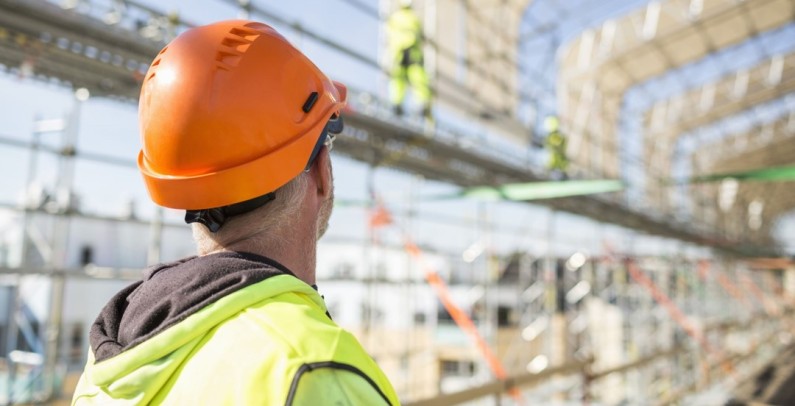Obtaining a Building Consent for SIP buildings in New Zealand

Obtaining Building Consent for a SIP Building
The Building Compliance Regime in New Zealand
In New Zealand, the design and construction of new buildings are strictly regulated by law. It is an offence to construct a building that does not comply with all applicable rules and regulations. Key documents governing all new buildings include:
- The Building Act
- The New Zealand Building Code
- Acceptable Solutions and Verification Methods
The Building Act
The Building Act (2004) is the primary legislation that governs all buildings constructed in New Zealand. It sets out the performance requirements for buildings to ensure they are safe, durable, warm, and dry. The Act provides a broad framework but does not specify exact methods for achieving these outcomes. The Building Act can be found here.
The New Zealand Building Code
The New Zealand Building Code (NZBC) breaks down the performance requirements specified in the Building Act into various clauses, each addressing different aspects of building performance. Read more about the New Zealand Building Code.
The main clauses include:
- Clause A: General Provisions
- Covers general provisions, including definitions, applications, and objectives of the Building Code.
- Clause B: Structure
- Ensures that buildings can withstand loads and forces such as gravity, wind, and earthquakes without compromising structural integrity.
- Clause C: Protection from Fire
- Focuses on minimising the risk of fire, ensuring safe evacuation routes, and limiting the spread of fire within and between buildings.
- Clause D: Access
- Ensures buildings are accessible to people with disabilities, covering features like ramps, handrails, and door widths.
- Clause E: Moisture
- Addresses the control of moisture, ensuring buildings remain dry and preventing moisture-related damage to structures and finishes.
- Clause F: Safety of Users
- Focuses on ensuring buildings provide a safe environment for occupants, including measures to prevent injury from hazards like slips, falls, and toxic substances.
- Clause G: Services and Facilities
- Covers essential services such as water supply, waste disposal, and ventilation, ensuring they meet health and safety standards.
- Clause H: Energy Efficiency
- Sets out requirements for energy efficiency, including insulation, lighting, and heating, to ensure buildings are warm and energy-efficient.
Compliance Pathways
There are multiple pathways to demonstrate compliance with the Building Code:
- Acceptable Solutions
- Prescriptive methods provided by the government that, if followed, ensure compliance with the Building Code.
- Alternative Solutions
- Custom solutions proposed by designers or builders that meet the performance requirements of the Building Code but differ from the Acceptable Solutions.
- Verification Methods
- Testing or calculations used to prove compliance with specific Building Code clauses.
In addition, for product systems there are recognised methods for compliance, one of which is mandatory for acceptance by councils (CodeMark).
- Product Certification (CodeMark)
- A product certification scheme that ensures certain building products meet the requirements of the Building Code. A BCA must accept a CodeMark as evidence of compliance.
- Appraisals (BRANZ)
- Independent assessments provided by BRANZ, offering assurance that a product or system complies with the Building Code. A BCA may, at it's discretion, reject an appraisal as evidence for compliance with the building code.
Simplifying the Consent Process with Formance
Architects and designers will find it straightforward to consent a Formance house, thanks to the comprehensive Formance Design Guide. This guide provides all the necessary details, including standard compliant solutions and specifications that align with the New Zealand Building Code. By following the Formance Design Guide, architects can easily demonstrate compliance, significantly reducing the time and effort required for obtaining building consent.
Get a copy of the Formance Design Guide here
For building consent authorities, the Formance Consenting Guide is an invaluable resource. It provides clear and detailed instructions on how to process consents involving Formance SIPs, ensuring that all aspects of the consent process are thoroughly covered. This guide helps authorities quickly understand the specific requirements of Formance projects, streamlining the approval process and minimising potential delays.
Get a copy of the Formance Consenting Guide here.






